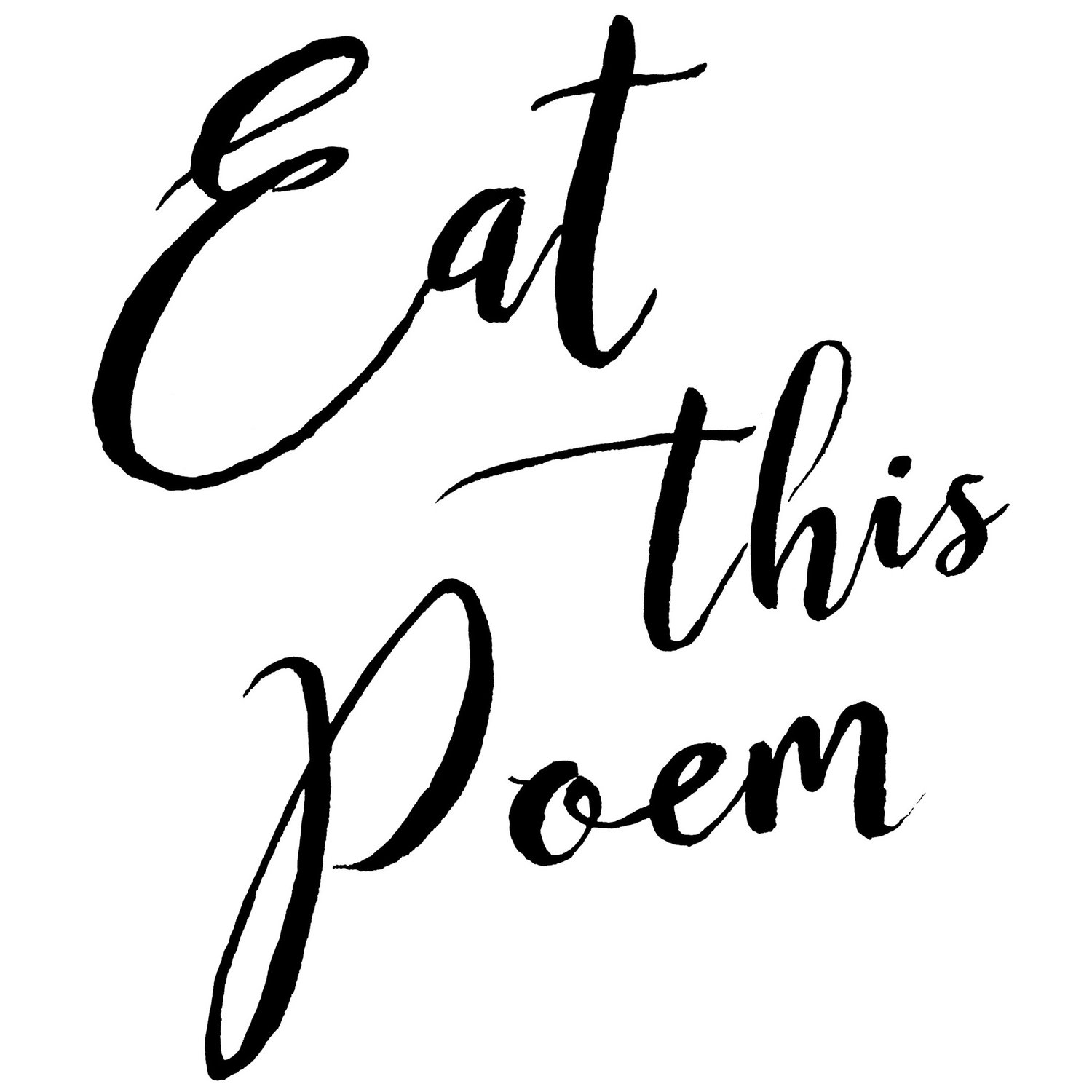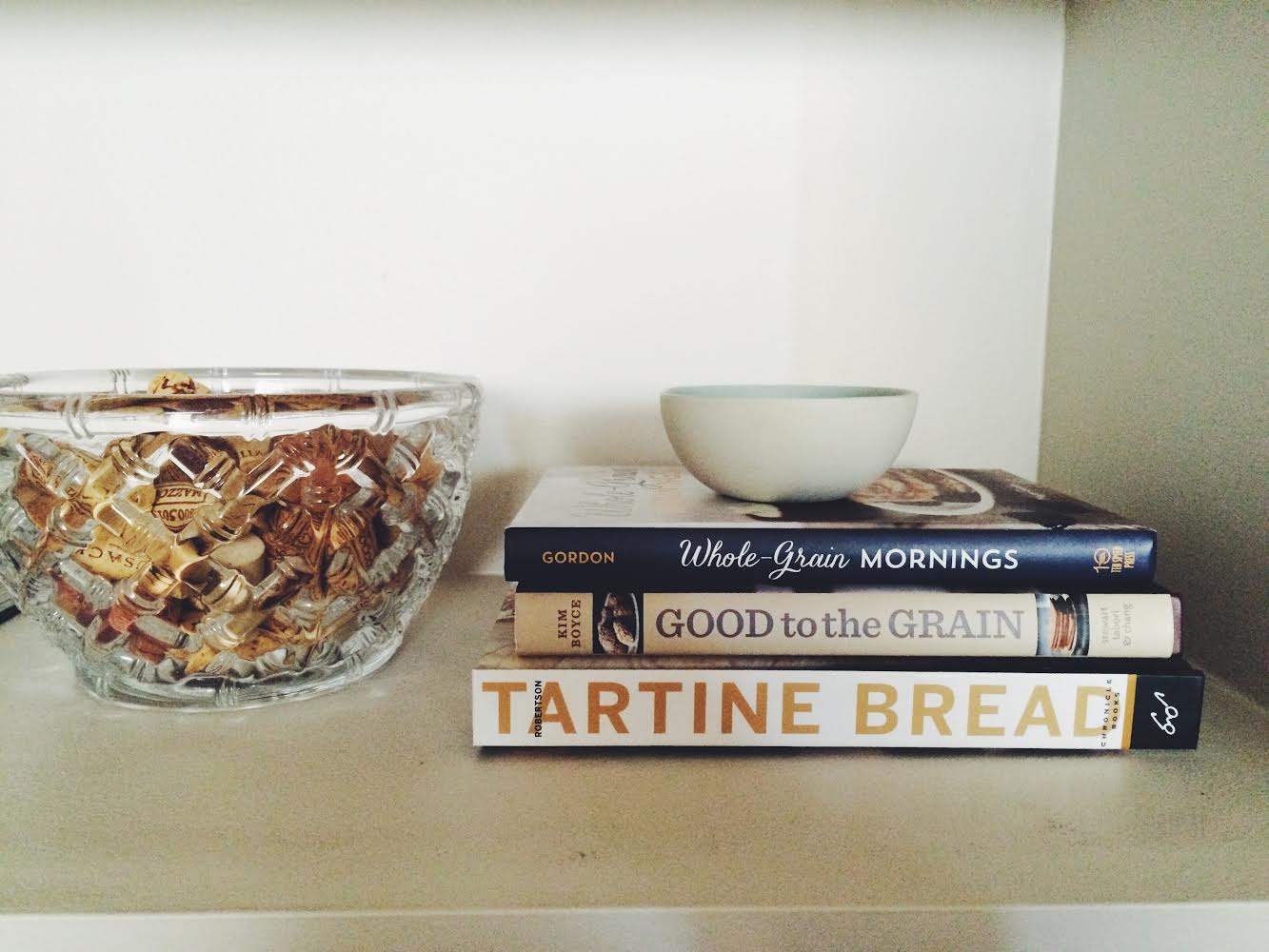The matter of how to read a cookbook is a very personal one. After all, who is to say which way is best when it comes to digesting the ingredients, recipe notes, and photography from one cook to another?
I've been giving this some thought, as I usually do in the fall, because the fall is unofficially cookbook season. Although they tend to appear year-round at the whim of a publisher, there's something about curling up with a stack of cookbooks in the cool days before the year turns over that is one of life's great pleasures.
So, to read a cookbook.
Perhaps we should start with cooking itself, which begins as a solitary endeavor. Although we may feed others, the process begins with a cook in her kitchen and the tools at her disposal. We stir and whisk and chop a meal into being.
There are various approaches. In the matter of salad, for example, one might choose to make her dressing two days in advance so it's at the ready, then close the cookbook and place it back on the shelf. Another will wait until just before dinner to begin completely, or ask her child/spouse/friend to help whisk the oil, vinegar, and mustard while using her finger to scroll down the list of ingredients, hoping they all can be found in the pantry. Another, confident cook, will use balsamic vinegar instead of red wine vinegar when she cannot find red wine vinegar anywhere in her kitchen. She may or may not make a note in pencil in the cookbook's margin about her discovery.
Some cooks will pour a glass of wine. Others will bounce their babies in view while they chop. Some put their feet up and watch their spouses or friends lend a hand (a rare indulgence). Cookbooks can be read in pajamas before bed, or while standing at the kitchen island. Recipes can be followed with precision, or merely taken as a general guideline. No matter the approach, a meal is still produced with care and attention onto a waiting plate.
There are voracious cookbook readers, who tear open the box as soon as it arrives and don't get up from the couch until they've finished reading cover to cover. This kind of reading is often a luxury, but a wonderful one.
There are thoughtful cookbook readers, who set aside time to pick it up and set it down again, always saving where they left off, and reading from beginning to end in the order it was written.
If someone is very hungry, they might read in accordance to their physical needs. If it's dinner time, they start with main courses. If they're hosting a party this weekend, they consider appetizers, flipping around from chapter to chapter in no particular order.
Also, the note takers, who keep a running list of things to make and keep it folded in the cookbook so when they pull it off the shelf again, they'll know exactly what they had wanted to try from the first time they read it. They may or may not cross off the recipes they made with a triumphant smile.
There are even non-readers who purchase cookbooks solely on the basis of beauty, to be stacked and assembled as art pieces in their living rooms.
If you've come this far, perhaps you're curious about my own inclinations. I enjoy reading cookbooks from cover to cover, and almost always stick post-it notes on the inside cover, marking with pencil the recipes I want to try (with page numbers). I sometimes tuck the notes into my meal planning notebook, too, so recipe ideas are always at the ready.
I also like to linger, spending time reading the acknowledgements and recipe notes, even admiring the typeface and layout. I sip tea. I imagine how good it must feel to have one of these things out in the world. I try to make an effort to cook at least one or two recipes from any new cookbook as soon as possible.
As it turns out, there is no wrong way to read a cookbook or to cook from one. They're non judgmental things, waiting on the shelf. Even if it's been a while. Even if it's fall and you're craving ice cream or popsicles. Even if you don't want to cook, just look at the photos, or dream of Paris or India or New York. Because regardless of how different one cookbook is from another, they always contain memories.
“There are some things that don’t change much. I find the smell of a dish, or the way a certain spice is crushed, or just a quick look at the way something has been put on a plate, can pull me back to another place and time. I love those memories that seem so far away, yet you can hold them and carry them with you, even forget them, and then, with a single taste or hint or a smell, be chaperoned back to a beautiful moment.”





